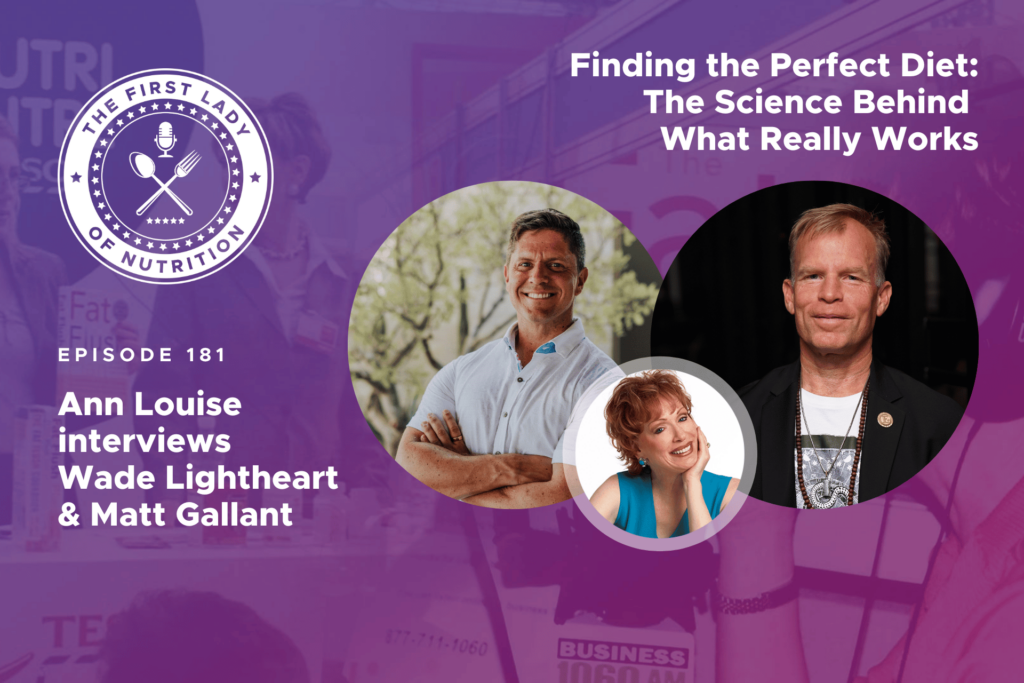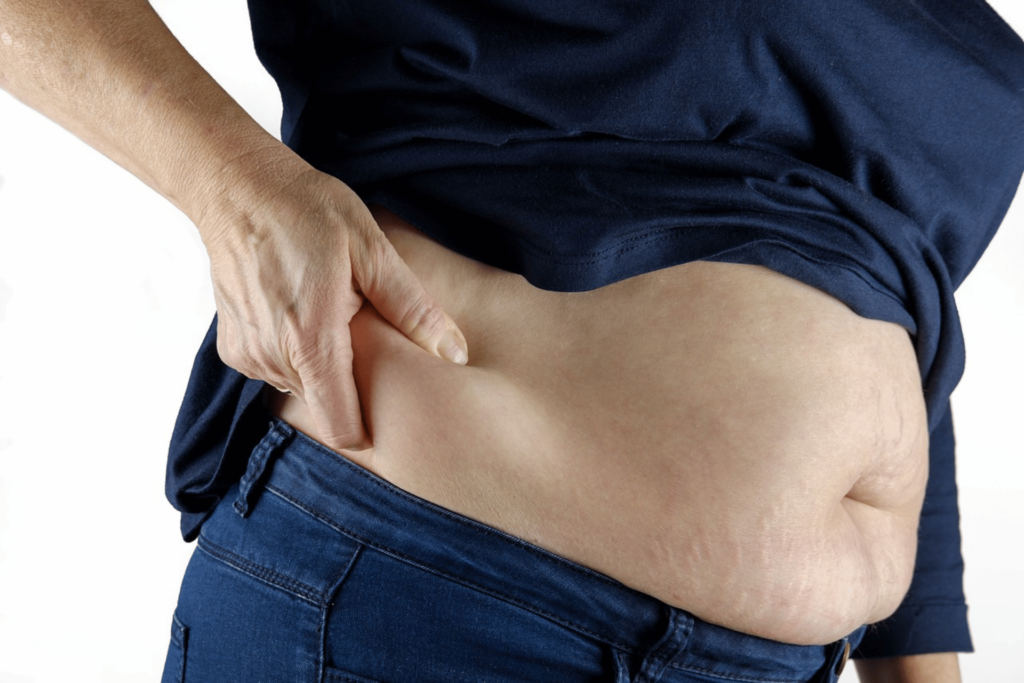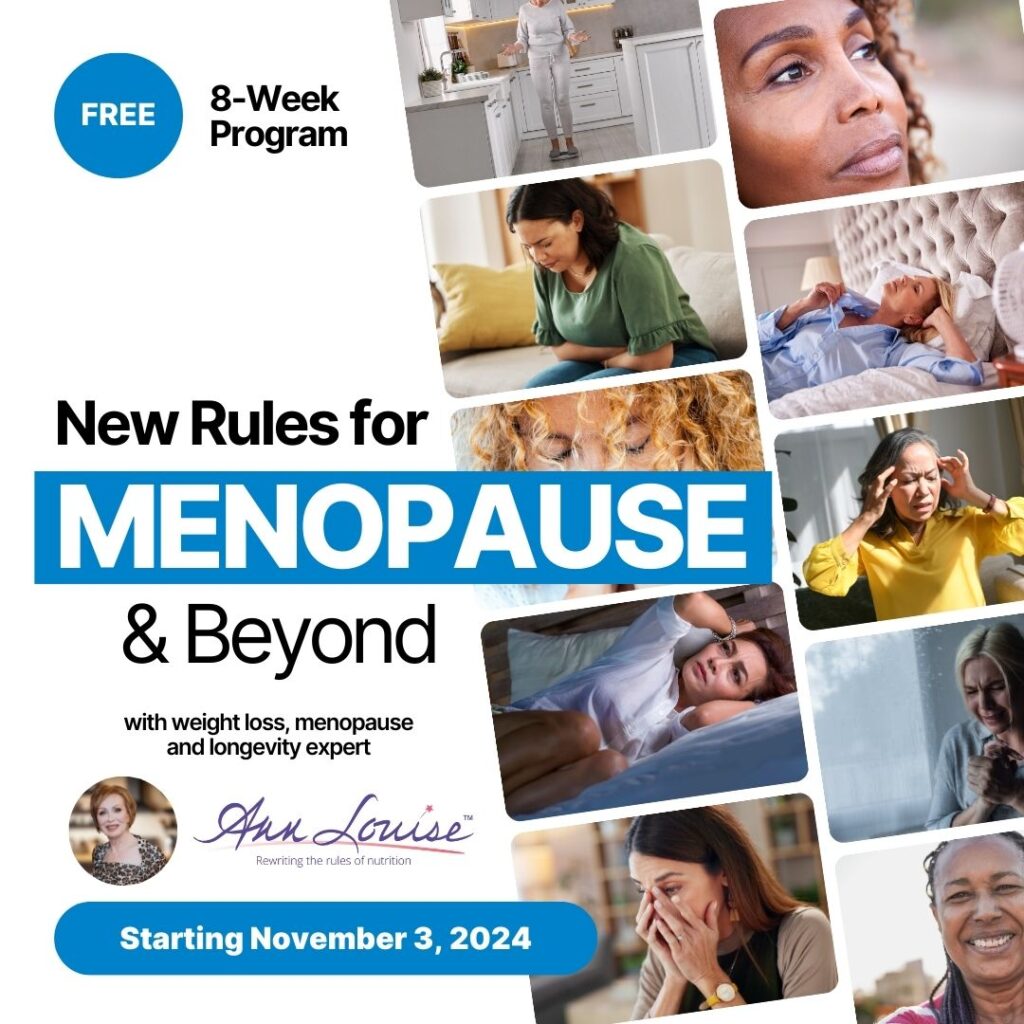Each year around the Spring and Autumn, new trends surface in the nutrition and diet world. Next month kicks off the perfect season for personalized nutrition plans and I think it’s about time!
One diet does NOT fit all. You’ve heard it from me countless times, and now it’s becoming a nutrition movement. Your metabolism, genetics, microbiome, toxic exposures, and other environmental factors all influence how you respond to your diet.
You’ve spoken and the nutrition powers that be have finally listened. The American College of Nutrition, the Center for Nutrition Advocacy, the American Nutrition Association Foundation, the Board for Certification of Nutrition Specialists, and the Accreditation Council for Nutrition Professional Education have all just come together to form the new American Nutrition Association (ANA), for the sole purpose of advancing personalized nutrition. And the best part is it’s not an elitist organization – anyone who is passionate about advancing this cause is welcome to join the growing body of scientists, students, practitioners, and industry leaders!
I’m thrilled there’s an organization that is now looking at the individual needs of each person seeking better health and weight loss, but this is nothing new to me. I’ve spent more than 4 decades in nutrition practice now, and one thing I recognized from day one is that your healing and weight loss journey is as unique as your fingerprint. What works for one person isn’t going to work for everyone, which is why all of my plans are designed with flexibility, so you can tailor them to your individual physiology. Let’s look at the reasons why all of our needs are so different, and the resources I have available for you to tailor my plans to suit your specific needs.
4 Reasons Why One Diet Does Not Fit All
Even though we are all unique, some dietary principles are the same for us all. We all need Omega 3, 6, 7, and 9 essential fats in the right balance for our cells to be healthy, we all need enough good quality protein with all the essential amino acids to fuel our metabolism, and we all need enzyme-rich carbs that are nutrient dense to keep digestion and cell repair running smoothly.
What makes us all so different? There are 4 main factors that I look at:
- What Diet Did Your Ancestors Eat? We live in a time where we have an abundance of foods from all over the world available to us. So how do we figure out which ones are the healthiest for us? The first clue is in what’s been passed down to us from our ancestors. The foods our ancestors ate in their native lands, that kept them healthy for centuries, are imprinted in our DNA, even though we’ve likely moved far away from where they lived.
Just like a lion can live on vegetables and a deer can live on meat, they won’t thrive like they will on their native foods. Your body works the same. If your ancestors are from cold climates like the Inuit, then your cells will thrive on a diet rich in animal fats, while your friend with Pacific islander heritage needs the fats found in coconut oil and seafood.
- What’s in Your Genes? The science of genetics has progressed and can now give us clues as to which diet your body will respond best to. There are genes that code for sulfur intolerance, histamine intolerance, oxalate sensitivity, and so much more. Some of your genes even code for health risks like heart disease if you eat the diet that’s wrong for you.
One of the most important, in my opinion, is the Apolipoprotein E gene – Apo E for short. When you have even one copy of the “4” gene, you don’t break down animal fats and proteins well, and this increases your risk of heart disease or stroke if you base your diet around these foods. For this reason, I recommend anyone considering a keto, paleo, or carnivore approach to dieting must have this gene test done before starting. If you have the 3/4 or 4/4 genes, your diet needs to be more plant based to preserve your heart health.
- What Environmental Toxins Have You Been Exposed To? Someone who has lived near a superfund site, nuclear meltdown zone, or other environmental disaster is certain to carry a unique toxic load that needs to be quickly addressed to prevent long term damage. For example, Japan has seen success protecting its citizens with an increase in iodine consumption in their diets to protect from increased levels of radiation.
Environmental exposures don’t need to be this extreme to affect your metabolism or nutrient needs. Having hidden mold in your home could be causing inflammation and disrupting multiple essential processes in your body and slowing your metabolism down. Mercury in your dental work is a concern for your neurologic health and requires nerve-protective nutrients until it is safely removed. Lead in your drinking water, which is just about an epidemic in our country, wreaks havoc on your brain and so much more.
There are tests you can do to get a good idea of your toxic load. Urine mycotoxin testing tells you if you’ve had mold exposure that your body is having trouble processing. And a Tissue Mineral Analysis (TMA) through UNI KEY Health will show you if you have toxic levels of the most common heavy metals like mercury, while also showing you which essential minerals you are high and low in. When your metabolism is missing key minerals or is overloaded with heavy metals, it can’t function optimally.
- What’s In Your Microbiome? My book, Guess What Came to Dinner?, has become somewhat of a cult classic because of this very issue. Stealth infections that you can get from mosquito and tick bites, fungal overgrowth like Candida from antibiotic overuse, and parasites from contaminated produce, meats, or water can all crowd out the healthy bacteria in your microbiome, leading to inflammation, fatigue, weight gain, digestive issues, and more. It isn’t always enough to take probiotics, you may need to do a thorough cleanse before the healthy bacteria can take over and do their work supporting your immunity, digestion, and metabolism.
You may need a comprehensive digestive analysis like the GI Effects testing from UNI KEY Health, a colon cleanse like My Colon Cleansing Kit, and/or a diet and supplement regimen that supports continued eradication of these unwanted invaders while seeding and feeding the healthy probiotic bacteria back into your microbiome again.
Now that you know what makes you unique, how do you personalize your diet to fit all of your needs? While I can’t answer that for every diet plan that’s out there, I can help you tailor my Fat Flush plans and Radical Metabolism to fit your needs.
How to Personalize the Fat Flush Plans
My bestselling Fat Flush plan is coming up on its 30th birthday, with countless success stories to celebrate. The keys to its success are the dual focus on diet and detox, and the flexibility to fit anyone’s lifestyle. This diet can work for anyone who needs to lose weight and/or detox.
The first step is to read The New Fat Flush Plan book and get an idea of how the diet works. There are 3 phases to the diet and how much time you spend in each phase depends on your individual needs. If this sounds complicated, I promise you it isn’t. No diet maintains its popularity over 3 decades unless it’s easy to follow, easy to tailor to your specific needs, and is successful in meeting your weight loss and health goals.
You have everything you need to follow the diet in that book, but if you want to tailor it to fit your exact needs, let me point you to two online resources to help you. First, join my Fat Flush Nation Facebook group. Not only is my team of nutritionists available to help you, but our admin and moderator team is full of seasoned Fat Flushers who know the ins and outs of making the diet work for you and are spread out through the time zones so someone is always available for you. And I have to confess that this group is one of my absolute favorite online hangouts, so you’ll see me there in videos and in personal comments on some of your posts.
Once you have a basic understanding of the diet, you can often personalize recipes yourself, but we also have a website for that. My Fat Flush website has a Recipes section that is a catalog of recipes not available in the books. When you click on the Recipes tab, if you look on the right you’ll see a search function just for the recipes. So, for instance, if you’ve found you need more of a plant-based approach, under the “meats” dropdown menu, choose “none” and you’ll get all of the vegan recipes available. If you are more keto-oriented, you can search the beef recipes, for example. Each recipe tells you which phase of the diet it works for, which makes it easy to follow.
Getting Personal with Radical Metabolism
My Radical Metabolism Plan is the newest of my plans and is more specialized than the Fat Flush plans. I created it for the people who feel “fat, forty, and fatigued,” who have thyroid disease, autoimmune disease or other chronic health issues, or just can’t seem to lose weight no matter what they try. If Fat Flush is your Bachelor’s Degree in getting to know what your body needs from your diet, then Radical Metabolism is your PhD.
Radical Metabolism gets personal. It teaches you exactly what your body needs at the cell level to let go of excess fat and be healthy again. You will reduce inflammation by detoxing your home, your kitchen, and your body. You’ll nourish your cells with anti-inflammatory fats, clean proteins, and nutrient-dense carbs. You’ll learn even the most subtle of signals that your body is sending you to tell you when a food is healing for you or is promoting inflammation and disease.
Support is an essential component of any plan, and my Radical Metabolism Facebook group is there for you. My nutritionists are at the ready, and my personal chef even pops in on occasion to help anyone looking for new recipes. (She posted a new delicious holiday dessert last month that was quite a hit!) Radical Metabolism has coffee, tea, chocolate and desserts built into the plan, and has vegan and paleo options already available.
Do you have a plan for the next few months on your health journey? Share it here! What are your plans?













3 Responses
I am familiar with your Fat Flush Plan, having done it about 20 years ago. I fit the description for that second book now. I have about 40 pounds to lose.
I’ve been having digestive issues so I am going to look into the gut test you mentioned. I’m happy to have this information.
I’m very excited about starting Radical Metabolism. This was recommended by the quiz.